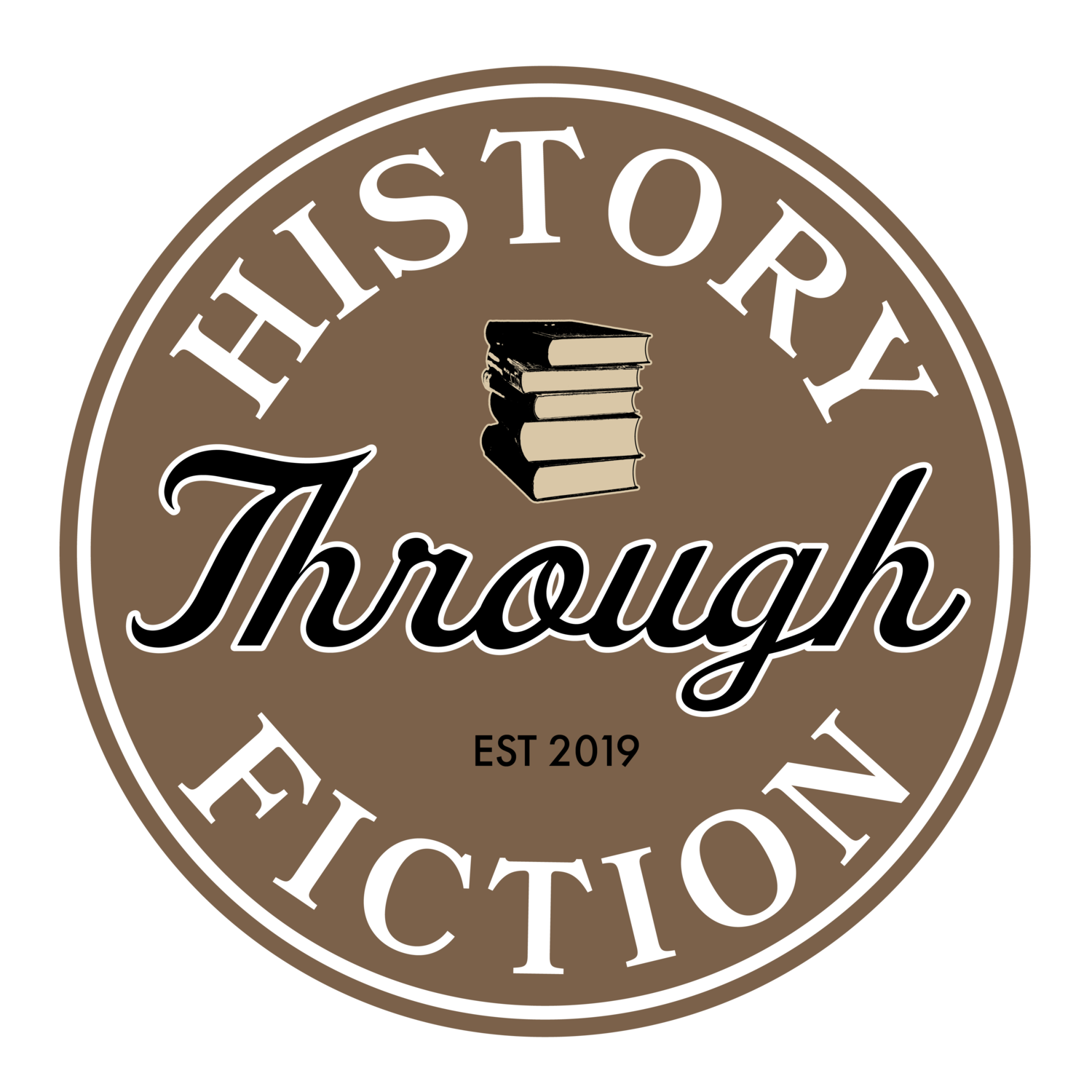The Problem with Plot: Reasons for Writing Character-driven History
As a historical writer it’s not hard to come up with stories. They are everywhere in history—events that capture our imagination, providing creative writers with endless sources of plots and settings. What then differentiates one story from another? What makes one historical novel about WWII a best seller while hundreds of others are barely noticed?
After writing a short story for one of my classes in graduate school, my mentor’s first criticism was, “You’ve overdetermined the outcome of your story . . .” How is that possible, I wondered? Of course I overdetermined the outcome of my story, because it’s already been written—by history! My mentor went on for an entire page trying to explain what he meant, ultimately commenting that my writing “indicates an unwillingness to imagine and explore.”
Now, years later, I’m beginning to understand what my mentor was trying to teach me. Historical fiction is not about a sequence of events, it’s about the people and how they respond to those events. Expressed another way, a story is not about its plot, it’s about its characters and how the characters relate to one another in response to the events and circumstances in a story. I was trying so hard to get my characters from point A to B to C, that I overlooked the reality of the world in which my characters were living. I focussed too much on plot.
Want more tips on writing? Check out this article about Free Indirect Style.
Plot is often what intrigues readers—it’s what motivates them to pick up a book and begin reading. There are a lot of books about WWII because it presents a captivating historical plot and setting. But if a story is driven by plot alone—if it moves along on a predetermined (and overdetermined) schedule—then even the most exciting plot will fall flat. Rather, fiction must rely on its characters—who they are; what they do, see, and feel—to move the story forward from one plot point to another. That is what differentiates stories and makes them meaningful. That is what captures the imagination of readers and keeps them wondering what happens next.
In his craft memoir Stephen King states, “Plot is, I think, the good writer’s last resort and the dullard’s first choice.”
In his memoir on craft, Stephen King states that, “Plot is, I think, the good writer’s last resort and the dullard’s first choice. The story which results from it is apt to feel artificial and labored.” As King puts it, plot is the writer's jackhammer, uncovering the story beneath the rubble. But using a jackhammer alone would reveal a jagged, broken story without nuance or sophistication. A writer must use more delicate tools, such character and dialogue to smooth out the story and reveal something much more engaging; more masterful.
Indeed, when writing historical fiction it is vital to get certain facts right. To do otherwise would be to either misinform the reader or pull them out of the fictional dream with distorted facts. But, it’s simply not enough to convey a series of known events based loosely on the people who experienced those events. In order to engage readers and teach them about important and compelling historical events, the historical writer must rely on character more than plot. It is the characters, not the plot, that drives the story forward based on what they do or don’t do.
In her guide to creative writing, author Alice LaPlante argues that plot is more than a sequence of events, it is the intersection between character and circumstance. For a fictional example look no further than Ottessa Moshfegh’s My Year of Rest and Relaxation, a story in which we find an unnamed narrator who spends most of an entire year sleeping. This is a story that is not driven by plot, but by a character and her circumstances. Ultimately, it is about grief and how the character responds to her grief. What keeps readers turning the pages is our closeness to the character and our feelings toward her and her situation.
I can admit now that I have overdetermined many of my stories. Often, I have relied on the events of history that were predetermined and inherently interesting. But I’ve learned that history for the sake of historical fiction, is not enough. Characters tell the story, not history. The writer should not attempt to explain events—to drive the story forward with plot. As Stephen King says, that becomes artificial and labored. The creative writer must carefully introduce historical events and circumstances faced by their characters. It is the characters, then, that respond to the events, moving the story forward while taking the readers with them.
Are you an author in need of a professional editor? We’d love to help! Take a look at our editing services.
Colin Mustful is the founder and editor of History Through Fiction. He is the author of four historical novels about the settlement and Native history of the Upper Midwest. His books combine elements of fiction and nonfiction to tell compelling and educational stories. You can learn more about Colin and his work at https://www.colinmustful.com.


